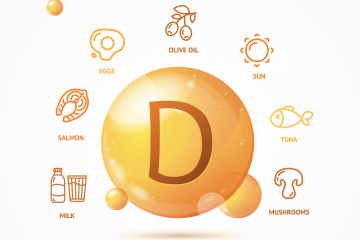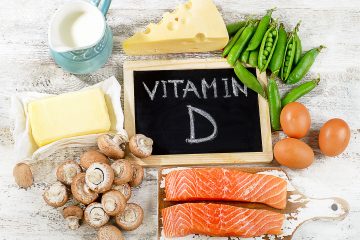Maximizing Your Potential: Hemoglobin and Oxygen Delivery
Marginal gains. The term “marginal gains” is being heard more and more in the world of sports. The concept of marginal gains is simple. What are the little (marginal) things you can improve that cumulatively result in overall performance improvements? As a performance adviser to many of the
world’s top endurance athletes, it is my job to identify where marginal gains can be made physiologically. One focus is oxygen availability, and a key player is hemoglobin, a protein in red blood cells. Hemoglobin is a micro-sized protein that has macro-sized effects on performance. And what you eat on a daily basis can affect hemoglobin levels.
fulfilled via two basic functions, the ability to consume enough oxygen and adequate fueling. Regarding fueling, that is another topic, however summarized by simply providing the right fuels at the right time during activity. Regarding oxygen, the process is a bit more complex.
minutes. Therefore, endurance athletes require constant oxygen delivery to the muscles. It is hemoglobin that carries oxygen to the muscles.
impact on endurance exercise performance. Lower levels of hemoglobin causes decreased efficiency of oxygen delivery to the muscles. The result is more rapid muscle fatigue, decreased VO2max, and higher heart rates. As a dramatic example, if you have ever exercised at high altitude, you know what it feels like to have less oxygen delivered to the muscles.
and vitamin A are indirectly involved in hemoglobin formation. Although the goal in replenishing micronutrients should be through dietary means, many athletes require supplementation at some point in the season.
16.2, Hemoglobin 12.4, Hematocrit 37.7
18.8, Hemoglobin 12.7, Hematocrit 38.2
>20.0, Hemoglobin 13.1, Hematocrit 40.4
>20.0, Hemoglobin 14.2, Hematocrit 44.8 (following 5 days of taper)
particular athlete’s performance last year confirms. In this example we must consider the effects of coming from sea level to 5,600 feet of elevation. However, these changes significantly exceed what would be expected for acclimation at this elevation, and the red blood cell indices were highly suggestive of a folate repletion effect being the primary driver behind the improvements. Thus, much of this change was the result of simply making an adequate amount of micronutrients available to keep up with the high turnover of red blood cells, and thus hemoglobin.
certain micronutrients are increased. Regarding oxygen delivery to the muscles,
iron, folate, vitamins B9 and B12, vitamin C, copper, and vitamin A are
critical to optimizing hemoglobin levels. Be sure you are eating ample amounts
of foods high in these micronutrients. Doing so will aid in optimal oxygen
delivery to the muscles, and thus help you perform at your highest potential.
essential micronutrients.
|
Iron
|
Folate
(Vitamin B9) |
Vitamin
B12 |
|
Red Meat
|
Beans and Lentils
|
Fish
|
|
Egg Yolks
|
Dark, Leafy Greens
|
Red Meat
|
|
Dark, Leafy Greens
|
Asparagus and Broccoli
|
Cheese
|
|
Dried Fruit
|
Romaine Lettuce
|
Eggs
|
|
Beans and Lentils
|
Avocado
|
Yogurt and Milk
|
|
Tuna
|
Oranges and Tropical Fruits
|
Fortified Vegan Products
|
|
|
|
|
|
Vitamin
B6 |
Copper
|
Vitamin
C |
|
Bran
|
Sunflower and Sesame Seeds
|
Peppers (Chili and Bell)
|
|
Pistachios
|
Nuts
|
Dark, Leafy Greens
|
|
Garlic
|
Cocoa Powder
|
Broccoli and Cauliflower
|
|
Fish
|
Sundried Tomatoes
|
Fruits
|
|
Sunflower and Sesame Seeds
|
Calamari and Lobster
|
Thyme and Parsley
|
|
Hazelnuts
|
Dried Herbs
|
Pine Teas
|




0 Comments